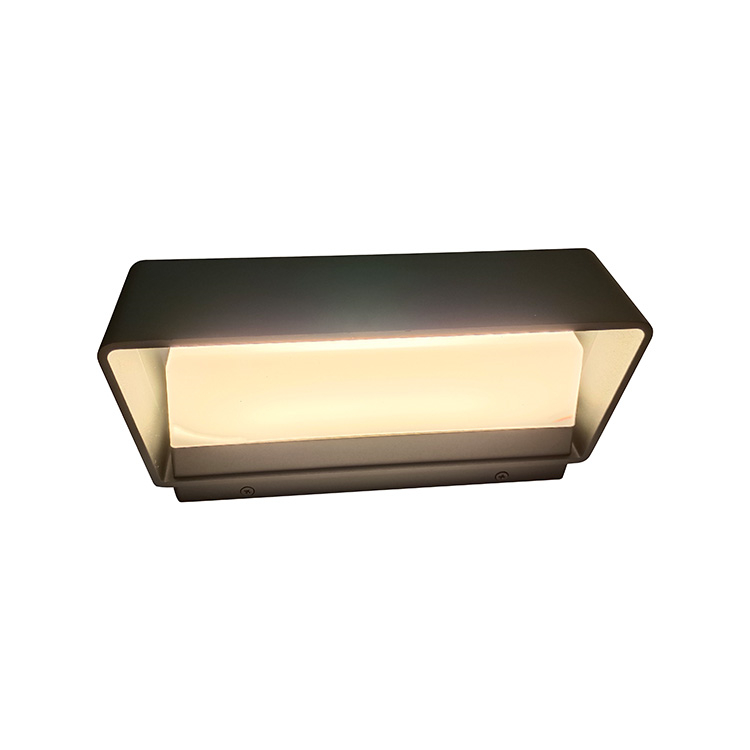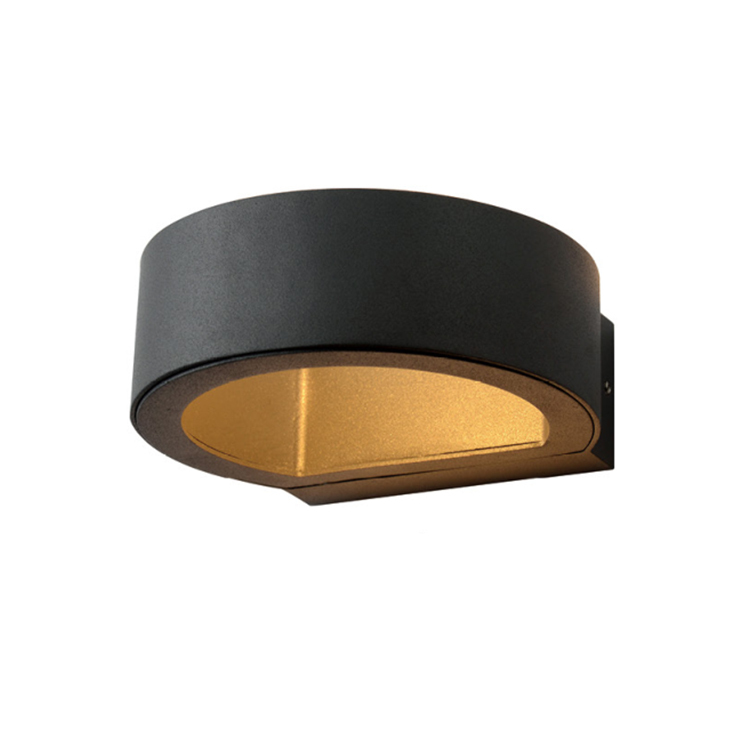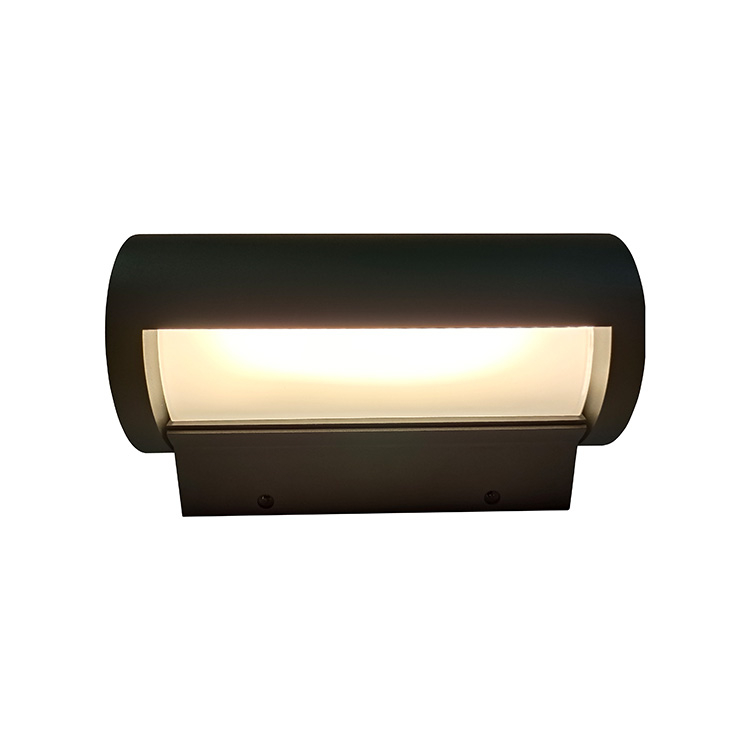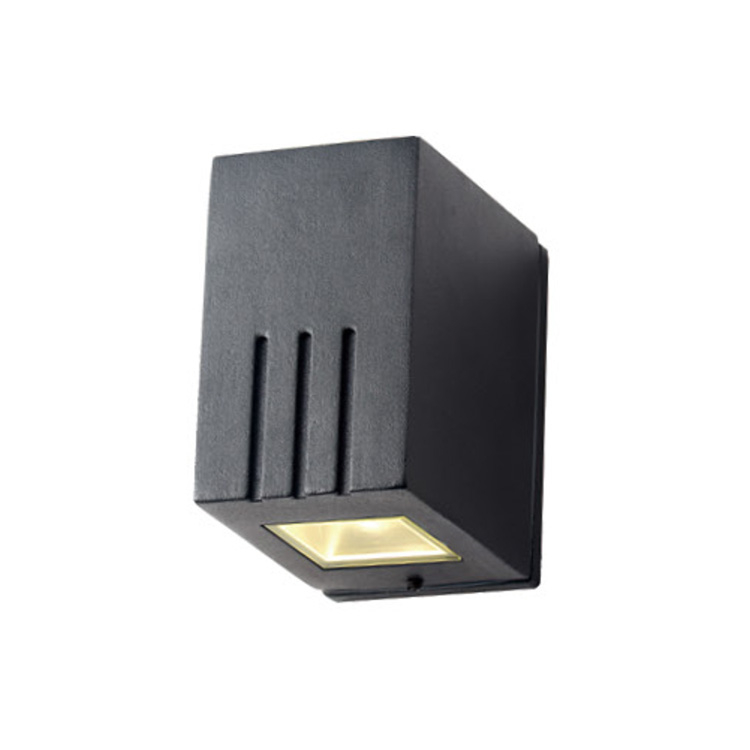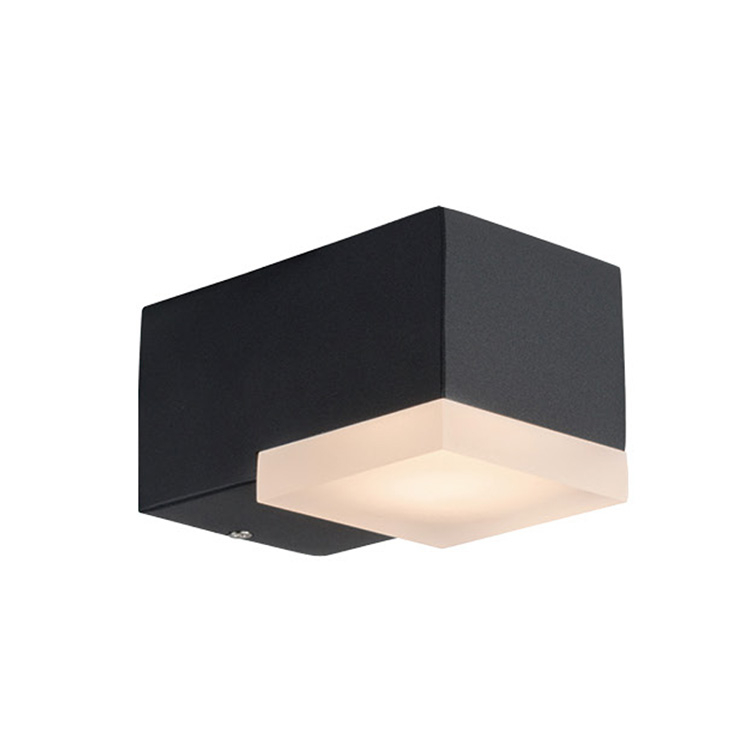About Us
Wall lamp light
Wall lights are great for saving space on a desk or bedside table, as well as being a sleek alternative to led ceiling lights. They can also be used as an accent piece for hallways, bathrooms, and staircases. A well-lit wall can make a room feel larger and more airy.
Wall lighting is the ideal improvement for any area since it is an excellent method for making a space feel more welcoming and finished, and it is an essential component of any layered lighting plan. Wall lighting helps a room seem brighter and larger while also contributing to the establishment of an aesthetically pleasing ambiance. Wall-mounted light fixtures complement the light sources that are suspended from the ceiling and provide the finishing touch to the room's design. They are a wonderful method to figuratively transform a house into a cozy and welcoming abode.
1. Light as a wave
Since the 17th century, scientists have struggled to understand what light is. In particular, they've debated whether light behaves like a wave or as a stream of particles.
The English polymath Isaac Newton (1643u20131727), who famously wrote Principia, argued that light was a stream of tiny particles called photons. But, in 1690, Dutch scientist Christiaan Huygens published Traite de la Lumiu00e8re, where he proposed that light was made of waves moving through an ether, a medium that permeates space.
A century later, English physicist Thomas Young performed an experiment that strongly supported the wave-like nature of light. Young saw that when light went through two closely spaced slits in a narrow beam of light, it caused both constructive and destructive interference.
-

2. Light as a particle
Light is often described as having wavelengths, but it can also be thought of as containing particles called photons. These particles carry a fixed amount of energy but have no mass.
This particle-like behavior of light is known as the wave-particle duality, or the paradox. It is a major puzzle that has occupied the minds of physicists for centuries.
In the early 1800s, English physicist Thomas Young performed the famous double-slit experiment to test whether light behaved as a particle or a wave. The results showed that the beams of light interfered with each other in a wave-like way, making stripes of different intensities on a screen behind them.
It was later discovered that light or ceiling light fixtures, thought to be a wave, actually behaves as a stream of particles when it hits metal surfaces exposed to ultraviolet (UV) light. This phenomenon is known as the photoelectric effect and was explained by Albert Einstein.
-

3. Light as a ray
A ray of light is the path that light energy takes through a medium. A collection of such rays given out from a source is called a beam of light.
In physics and optics, light is generally thought of as a wave that has a limited spatial extension in directions perpendicular to its beam direction. The limited extension of a ray makes it possible to trace its progress in a simple geometrical manner as light moves from one medium to another, reflects off surfaces, disperses, or comes to a focus.
Often, non-laser wall lights sources such as incandescent lamps emit light in a spatial form that is not a ray. However, these sources can be used to create a light beam by placing the lamp filament in the focus of a parabolic mirror. This enables the collimation of light (adding its power to a single direction) and can also allow more control over illumination, for example by directing the light to an essential part of an object such as a lens.
-

4. Light as a beam
A light beam is a directional projection of light energy. It is commonly a product of sunlight, but non-laser light sources such as incandescent lamps and gas discharge lamps also produce beams.
As a result, it's possible to manipulate light in many different ways. For example, it may be reflected, refracted, or diverted by optical devices such as mirrors and prisms. This allows us to control the properties of the light, such as the optical frequency, the optical power, and the polarization.
Another interesting type of wall led light beam is the Bessel beam, which is actually a set of interconnected light particles. It is the most impressive of all beams owing to its ability to maintain intensity over a distance, and it's not just a fancy photonic trick. It also happens to have the smallest beam divergence of all, a property that's not as obvious when looking directly at it. The Bessel beam is a good example of how technology can change the way we see things.
Why choose Changsha Enlighten Wall lamp light?
-
High-Efficient Management Team
Our company has always committed to great quality and exceptional service. Enlighten Lighting has innovative luminaires suitable for both indoor and outdoor use and will meet all lighting requirements.
-
Reliable Quality Assurance System
Quality and durability of our LED products such as decorative wall lights is the top priority for us. We have a reasonable quality control system. Our inspectors will examine the quality with a strict eye. From the raw material we'll examine the product. Before packing our QC checks the product in batches sampling
-
Attention to Detail & Timely response
We've got a long history of production and we can provide you with the top products such as exterior wall lights.Our sales team works within the same timeframe as you, so we are able to reach you immediately. If you have any further concerns, we'll be glad to help you.
-
Application of wall lights
The wall lamp is an excellent outdoor lighting solution for areas such as stairways or walkways. It is also a great option for interior decoration or lighting. You will get acquainted with the outdoor wall lighting so that you can select the most suitable wall lamp light that fits your home design.

 EN
EN  EN
EN ES
ES PT
PT SV
SV DE
DE TR
TR FR
FR
